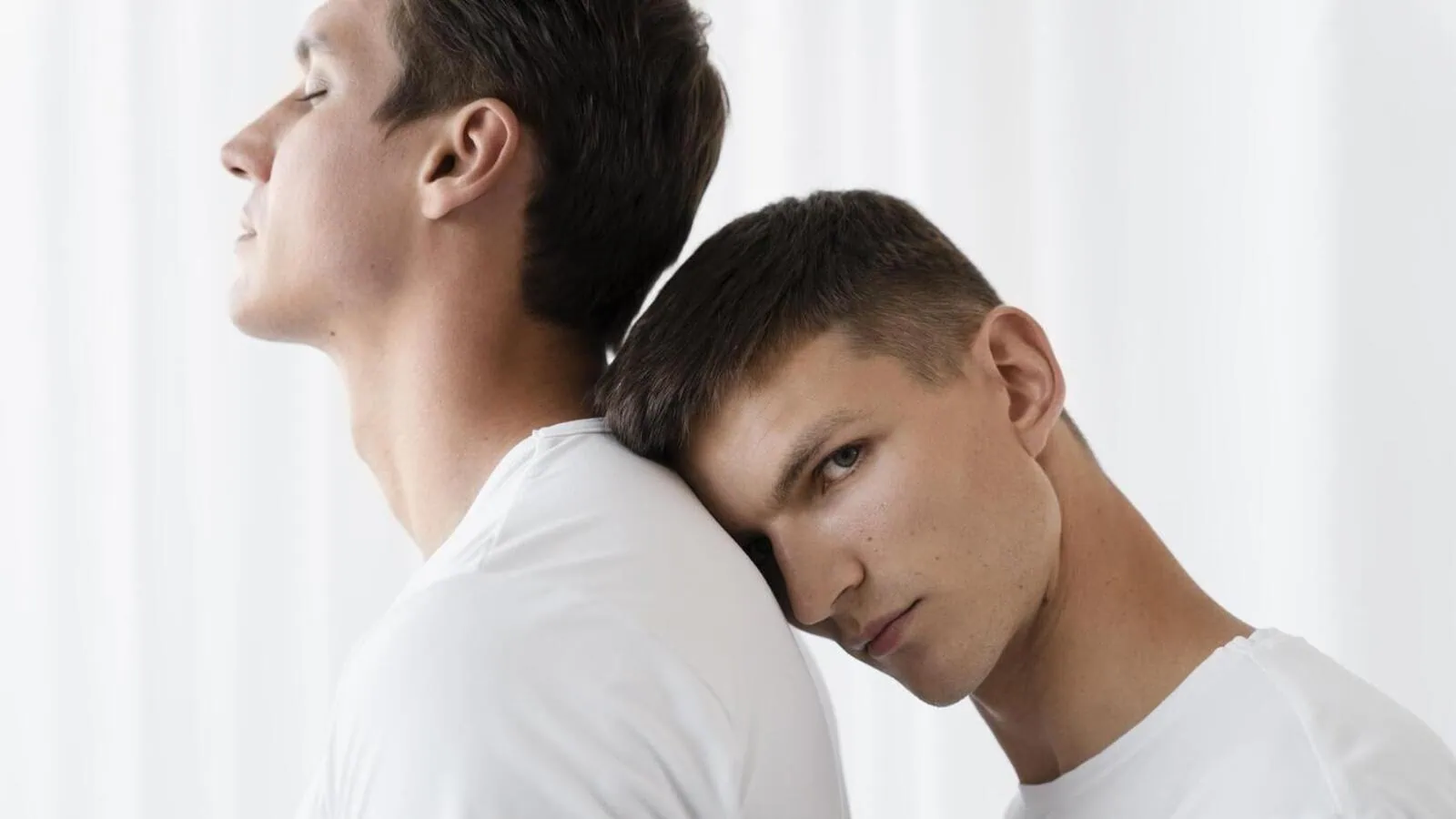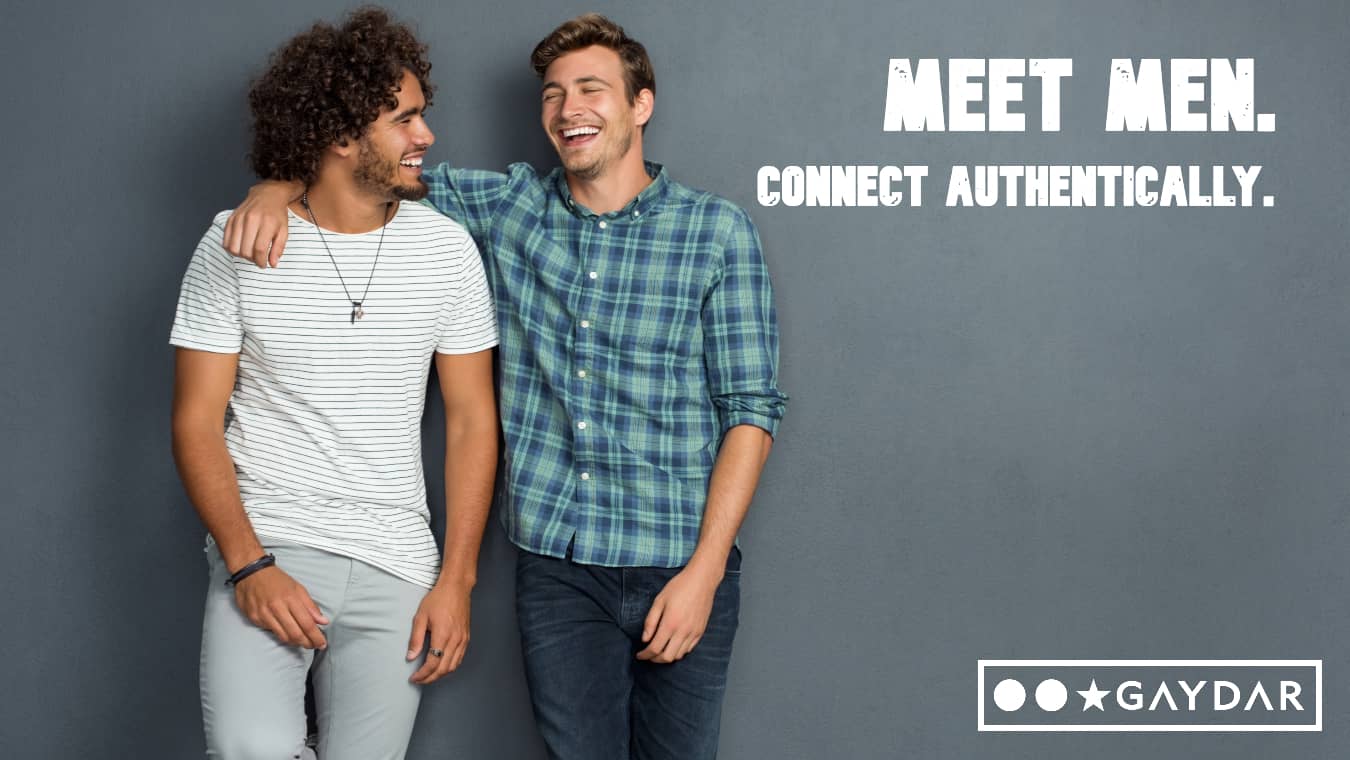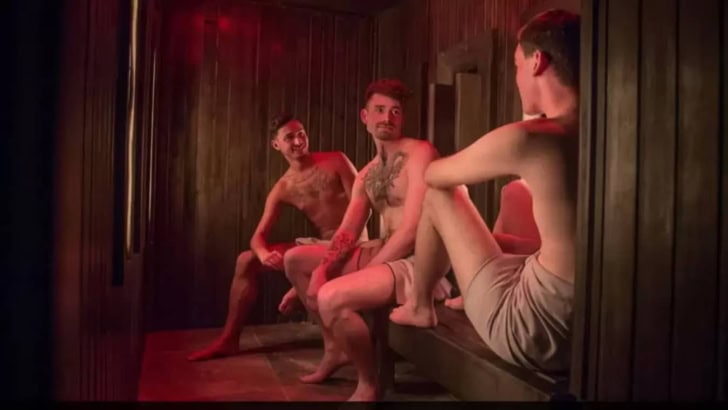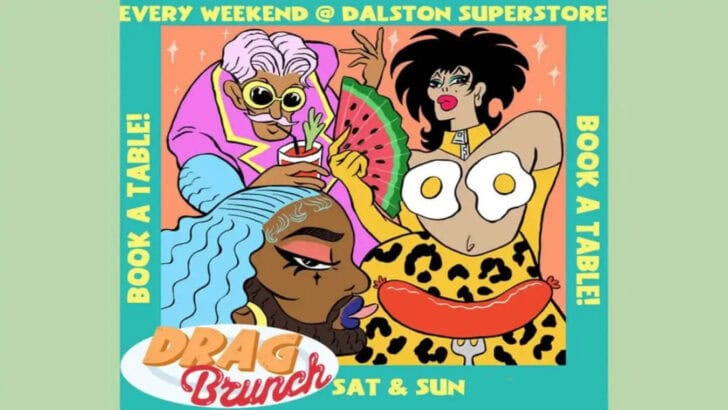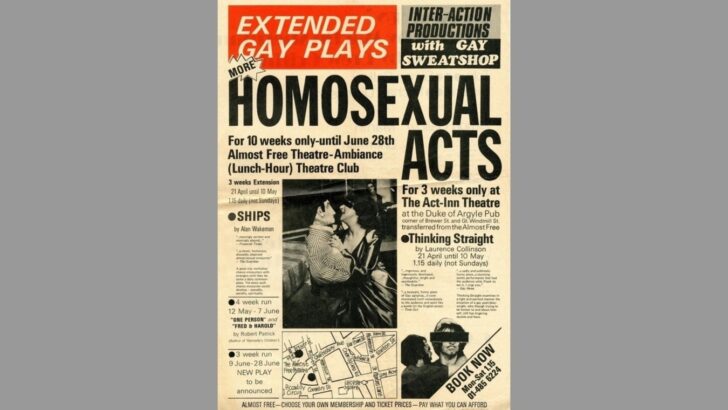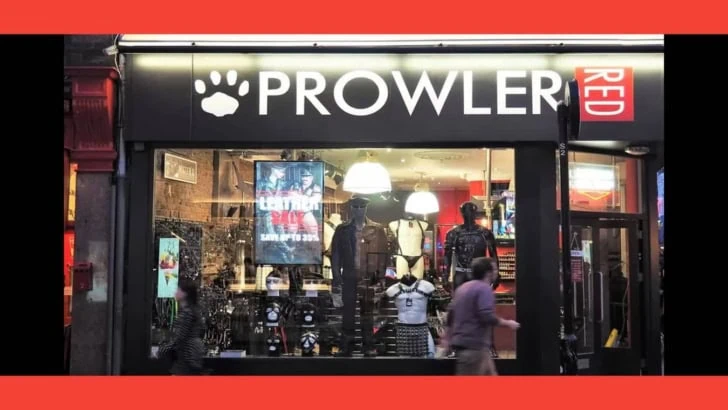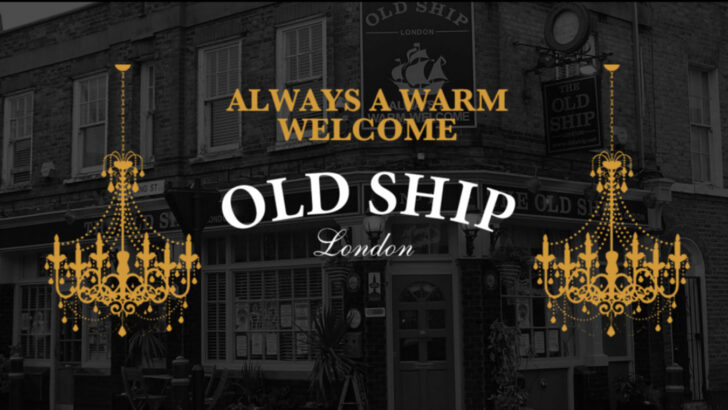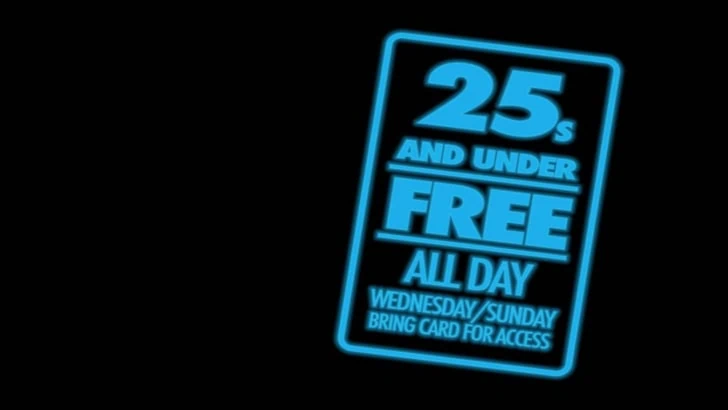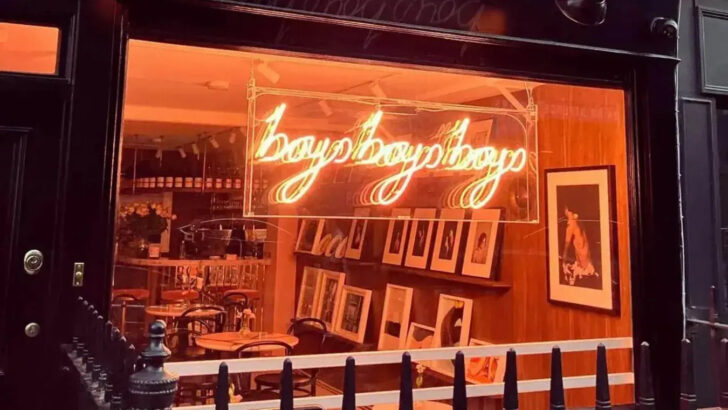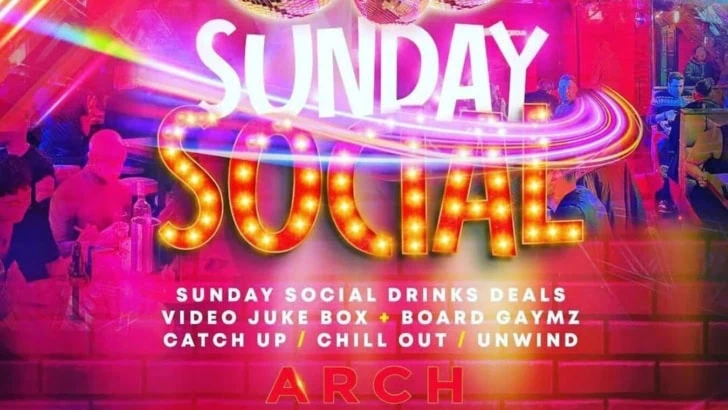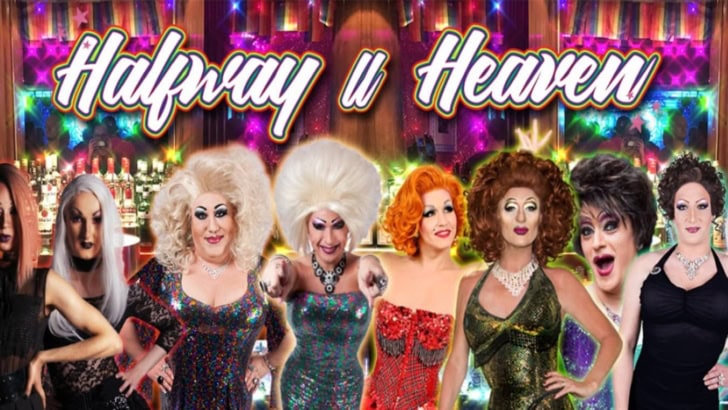It can be difficult watching storylines about domestic abuse on our TV screens, seeing the raw and often painful scenes unfold. Showing coercive control through popular culture, though, is vital in helping people understand what it is and how to spot it.
The popularity of UK soap operas means they are often at the forefront of highlighting some of the traumatic events people in the real world face. Coronation Street couple Theo and Todd have had a recent storyline, gradually revealing a deeply unsettling, coercively controlling relationship. For viewers, this has really brought to light how domestic abuse can manifest, and that anyone can be a victim, regardless of gender, sexual orientation, race or religion.
What is coercive control?
People tend to picture physical violence and bruises when they think about domestic abuse. However, behind closed doors, there is another form of abuse that is much harder to spot. Coercive control is often referred to as an invisible thread running through a relationship, based on power, manipulation and fear.
The nature of coercive control is that it is a campaign of domination and control rather than a single act. It strips the victim of their freedom, independence and sense of self. It often begins with the perpetrator acting as a protective person, which eventually becomes more and more controlling. Often, it is difficult to pinpoint where it starts and when it becomes what would be classed as domestic abuse.
A perpetrator might control finances, isolate their partner from friends, monitor their messages, dictate what they wear, or undermine their confidence. They may use affection as a weapon, alternating between love and cruelty to keep their partner off balance. Over time, victims often describe that their world shrinks until everything revolves around avoiding the next outburst. This is represented in Theo and Todd’s relationship, as Theo continually undermines Todd’s work life, friendships and activities within and outside their home.
Coercive control in same sex relationships
Coercive control can happen in any relationship, but those in same-sex relationships are likely to face additional challenges. Firstly, there is a stereotype that perpetrators of domestic abuse, including coercive control, are male. This can be a real barrier preventing male victims of abuse from speaking up or reporting the abuse. Male victims may feel that their sexuality could be used against them if they spoke out about the abuse they suffered. Many in same-sex relationships are likely to have a fear of discrimination and internalised shame, meaning that they are less likely to seek help.
Further, the legal status of a same sex couple’s relationship can make separating from a perpetrator of abuse more difficult. There are fewer same sex couples that are legally married, which can make separation more complicated. Couples who live together, known as cohabitees, who aren’t married or in a civil partnership, don’t have the same legal and financial protection that married couples have upon divorce and separation. This can prevent victims of coercive control from seeking support, as they may feel as though the system isn’t built with them in mind.
Coercive control and the law
Coercive and controlling behaviour became a criminal offence in 2015, and the courts increasingly recognise that it is every bit as serious as other forms of domestic abuse and violence, despite its subtlety.
One of the key fears for those separating from a perpetrator of domestic abuse is how to survive financially, especially where there has been manipulation of assets or financial abuse. When dividing matrimonial finances, behaviour is a factor that the court may consider when deciding on how to divide a couple’s finances. However, importantly, there will need to be evidence of financial abuse control, such that the victim was unable to work or have their own money.
If a couple has children, abuse will almost certainly be considered when deciding on child arrangements post-separation. Children’s well-being is the overriding priority for the courts, regardless of whether the parents were married or not.
Victims of domestic abuse and coercive control may be able to apply for a Non-Molestation Order to restrict the perpetrator from contacting them and stop their behaviour, and reporting instances of coercive control to the Police is also taken increasingly seriously despite the difficulty in evidencing the same. Many domestic abuse support organisations have great resources to support those from the LGBTQ+ community, and they should not be afraid to seek help.
If you are at immediate risk of domestic abuse, call the domestic abuse helpline 0800 2000 247.
Judit Kerese is a Senior Associate at Stowe Family Law
